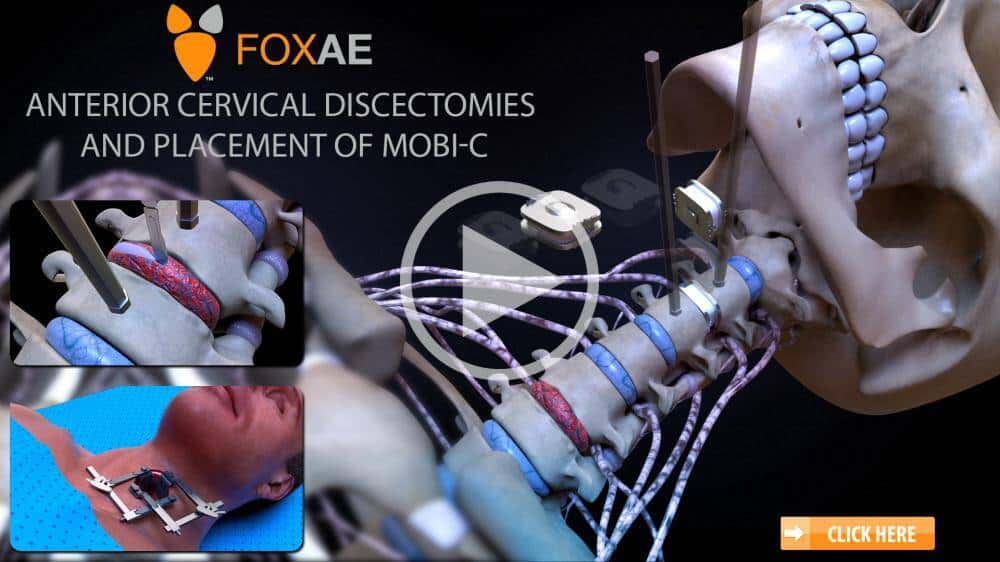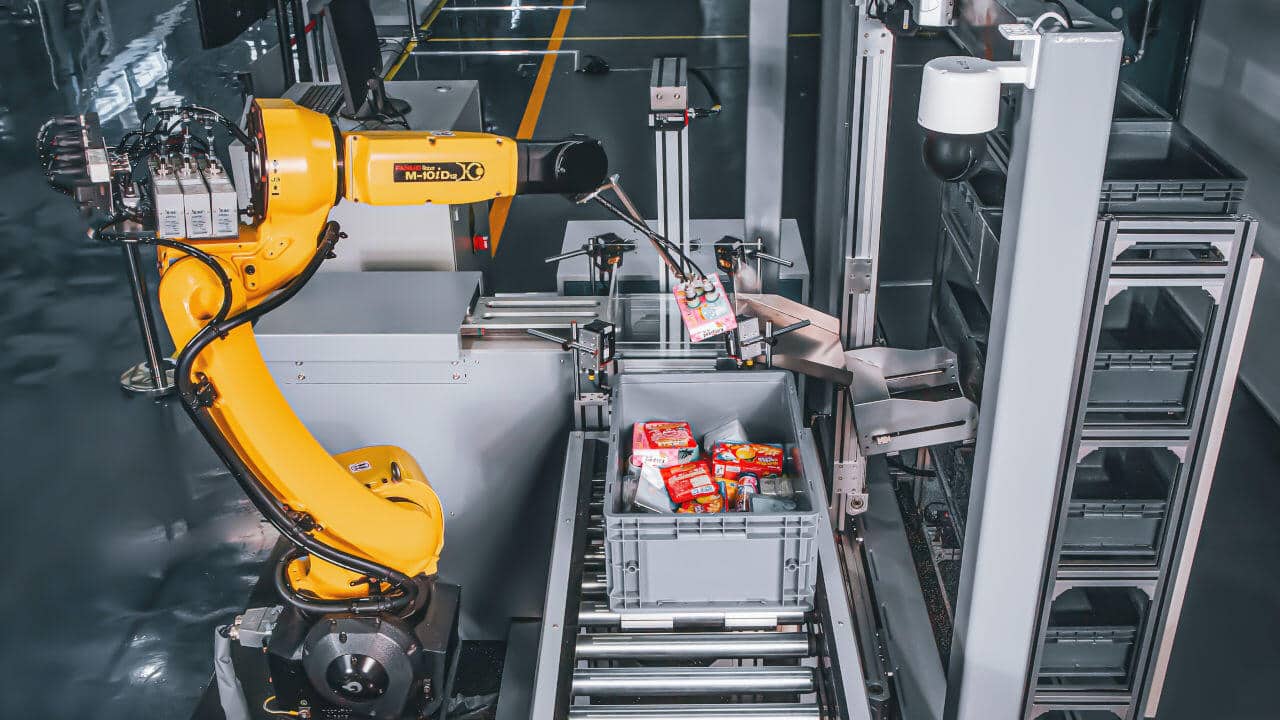Different animations are used for different cases by trial animation companies. Each case is unique, and the type of courtroom animation to be used will be determined by the nature of the case and other related factors. For instance, anatomical/medical animation is best suited for medical cases, while forensic animation is mainly used in criminal cases.
Types of Courtroom Animation
1. Forensic Animation
Forensic animation refers to the recreation of crime scenes and scenarios using 3-D graphic tools to help investigators and police solve crimes. Forensic animation is used in confusing cases to solve crimes. It is used chiefly in criminal matters such as robbery, murder, assault, or accidents, although used in some civil cases. Forensic animation is done carefully collaborating with forensic experts, police officials, eyewitnesses, and investigators.
Forensic animation is characterized by attention to detail, be it minute. The crime scene is depicted from different dimensions to show minute details easily missed.
2. Anatomical/ Medical Animation
Anatomical courtroom animation is primarily used in medical cases and personal injury cases. Anatomical animations can depict the organs of the body that have been affected and the cause of such injury. They have been used to illustrate fractures of the bone, injury in the skull, damage of major organs, medical malpractice, and harm caused to a person as a result of the conduct of another. A medical professional can use this kind of animation to deliver expert testimony to foster understanding in the court of law. They can show how a particular duty of care was breached and its effect.

In the case of State v. Sayles, a two-month-old baby was abused and was rushed to the hospital. Upon being taken to the hospital, the baby was suffering from seizures, difficulty breathing, and lethargy. It was discovered that the child had been vigorously shaken, which caused bleeding in his brain and lining of the back of the eyes. The baby suffered permanent injuries, including blindness and weakness in his right side. In determining the case, the expert witness used medical animation in depicting the effect of vigorously shaking a baby, and it was held admissible by the court.
3. Accident Reconstruction Animation
Just as the name suggests, accident reconstruction animations are used in cases where accidents have occurred, and the person guilty of causing the accident is unclear. This type of animation helps to provide evidence against the guilty. The animation will show the condition of the road, the weather, the speed of the vehicles, their proximity, and other vital factors. Accidents can include car accidents, bicycle accidents, and aviation accidents. An example of a case where accident reconstruction animation was used is the case of Mintun v. State.
4. Mechanical Animation
This kind of animation is predominantly used for product liability or negligence cases. It is usually based on facts and data. It is used in depicting mechanism failures such as malfunctioning of the joint of machinery. This type of animation is essential because it helps to pass bland mechanical facts in ways that the jury can understand.
In the case of Datskow v. Teledyne Continental Motors, a product liability case was brought before the court due to a crash of a private airplane in which four people were killed. The plaintiffs sued the engine manufacturer on the theory that a defect in the plane’s engine caused the crash. A mechanical animation was used in proving the case, and it was held admissible.
5. Structural/Construction Animation
This type of animation shows architectural and construction defects that led to accidents. For instance, if a multi-story building is built without proportionate foundations, the building is likely to collapse. In the event of such collapse, structural animation can be used to depict this and show fault in the architects.
6. Events/ Timeline Animation
This type of animation is utilized in cases where there is some progression or timeline. According to an article by Subscripts law, “one of the simplest ways to clarify a set of events is to place them on a timeline.” This type of animation is used when clarification of events and timelines is essential in determining the case. Therefore, if there is a storyline, it is much better to make the storyline into a courtroom animation in the progression in which they occurred than leaving the jury to piece it together on their own, thereby causing confusion.
An experienced courtroom animation company should have expertise in creating all these types of animation. This is because some cases may require at least two types of energy.






